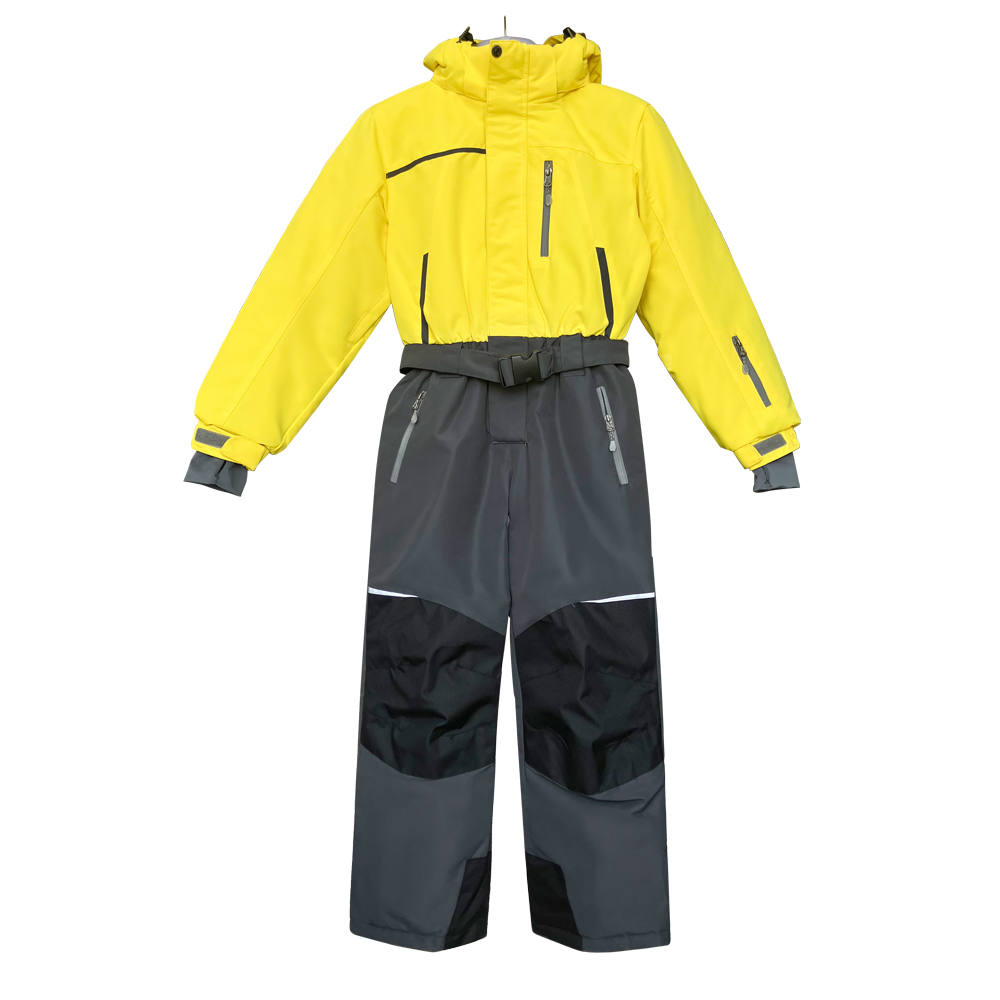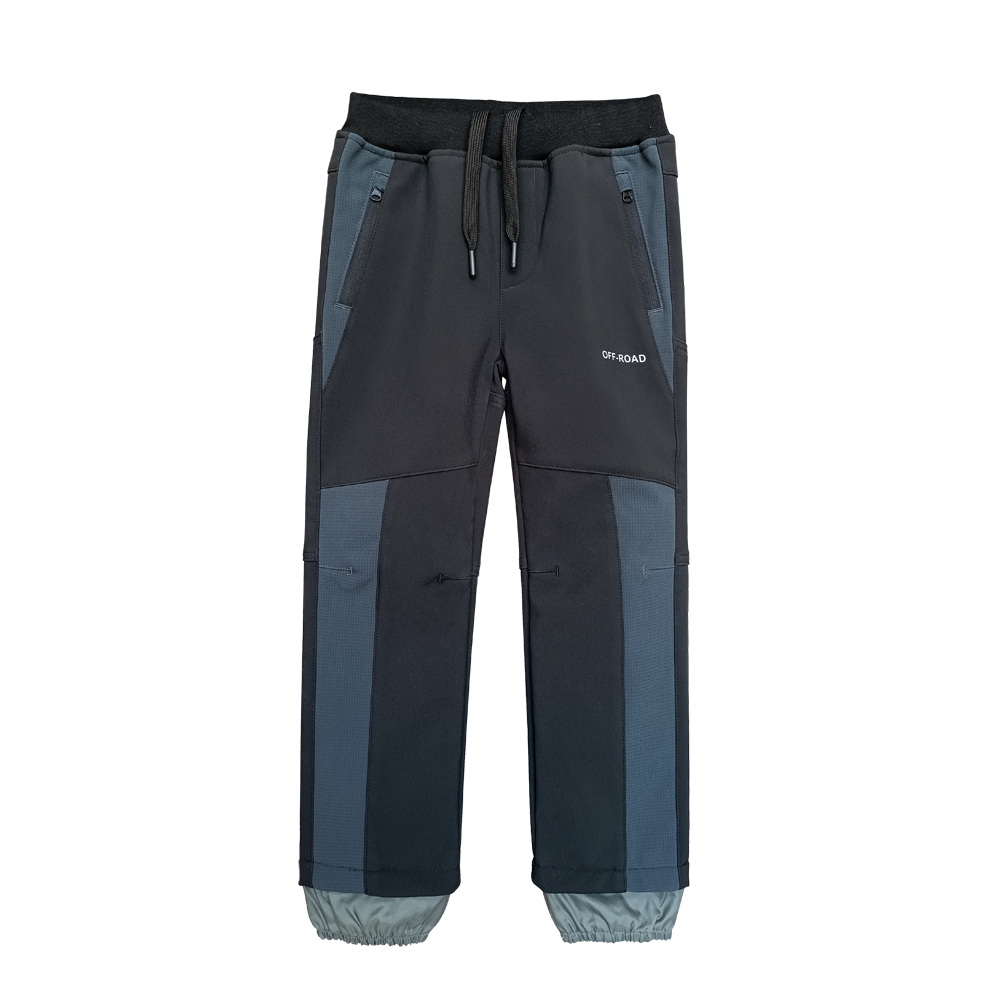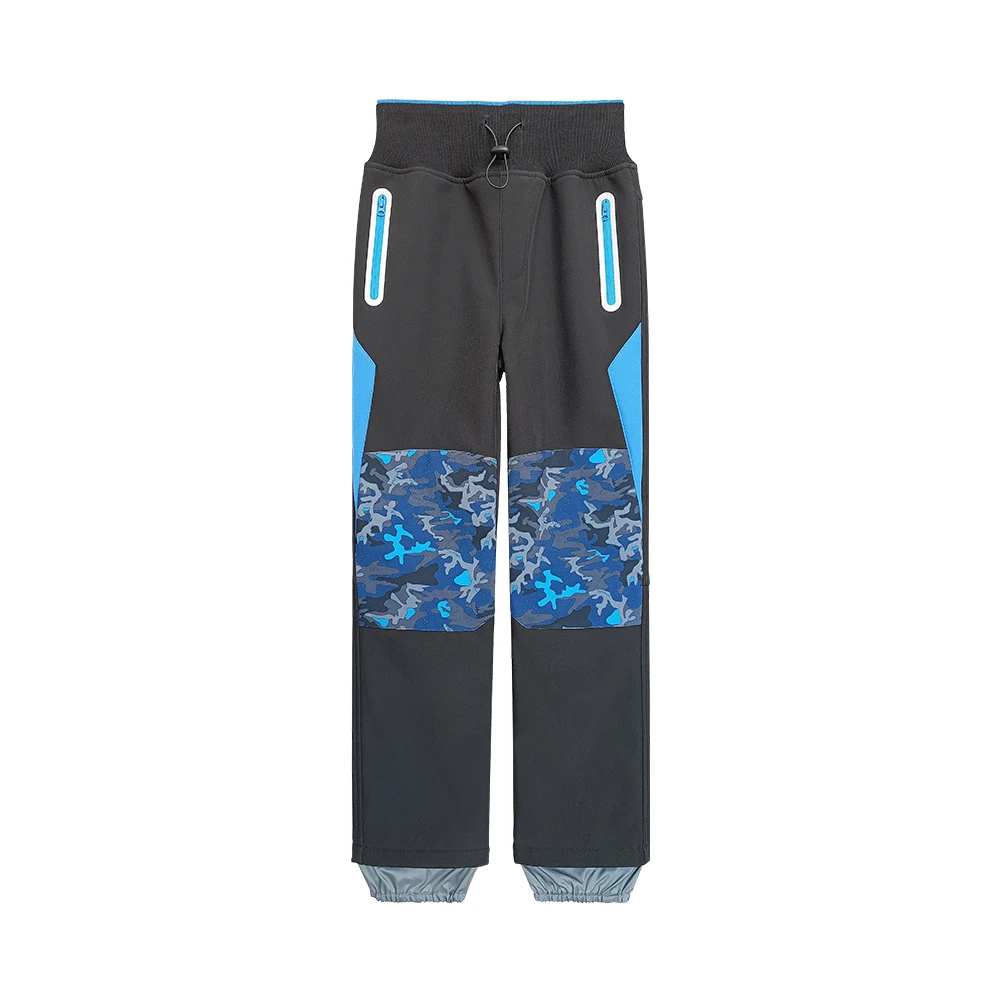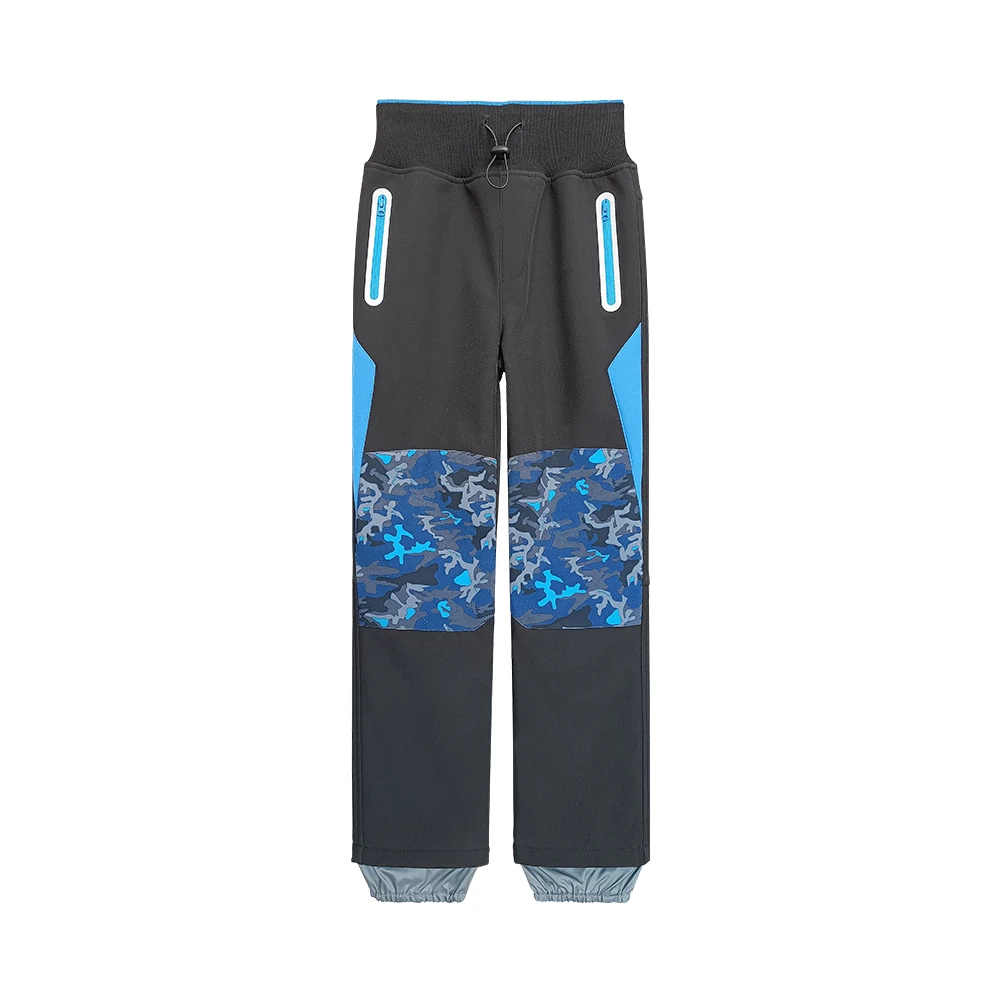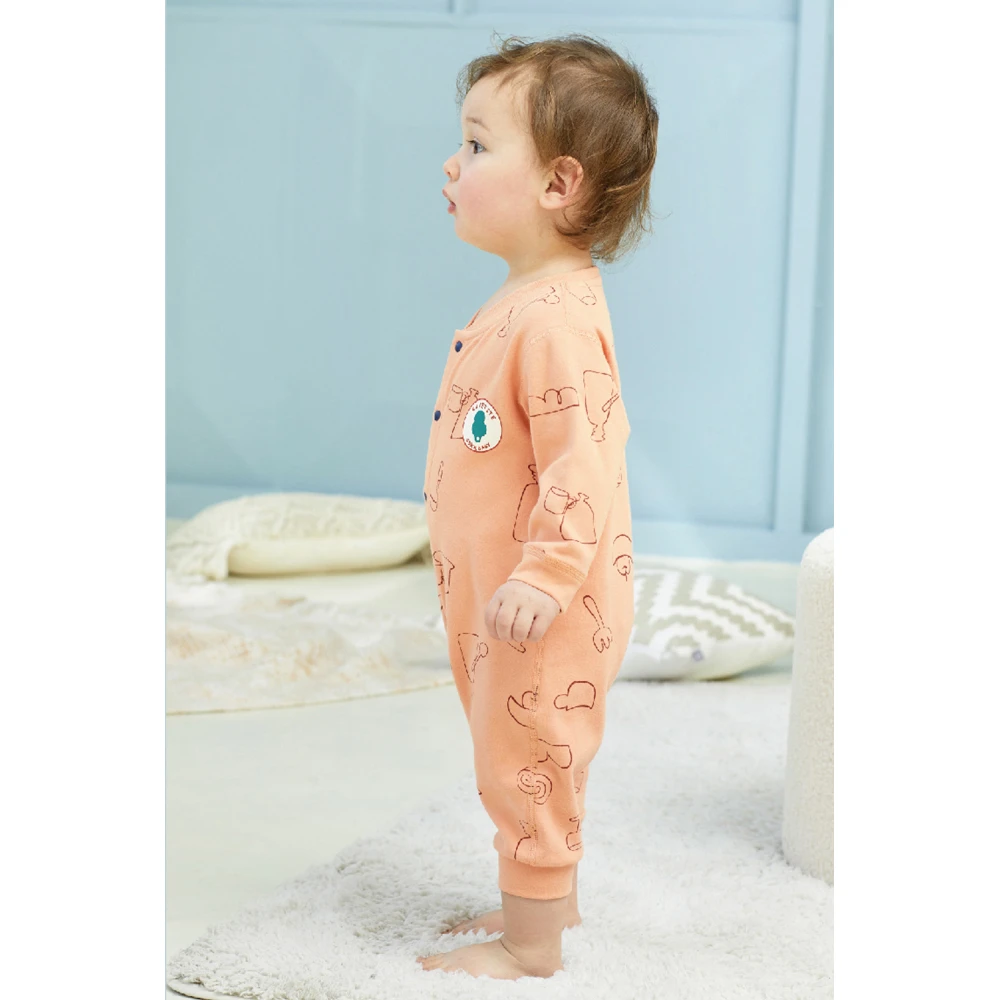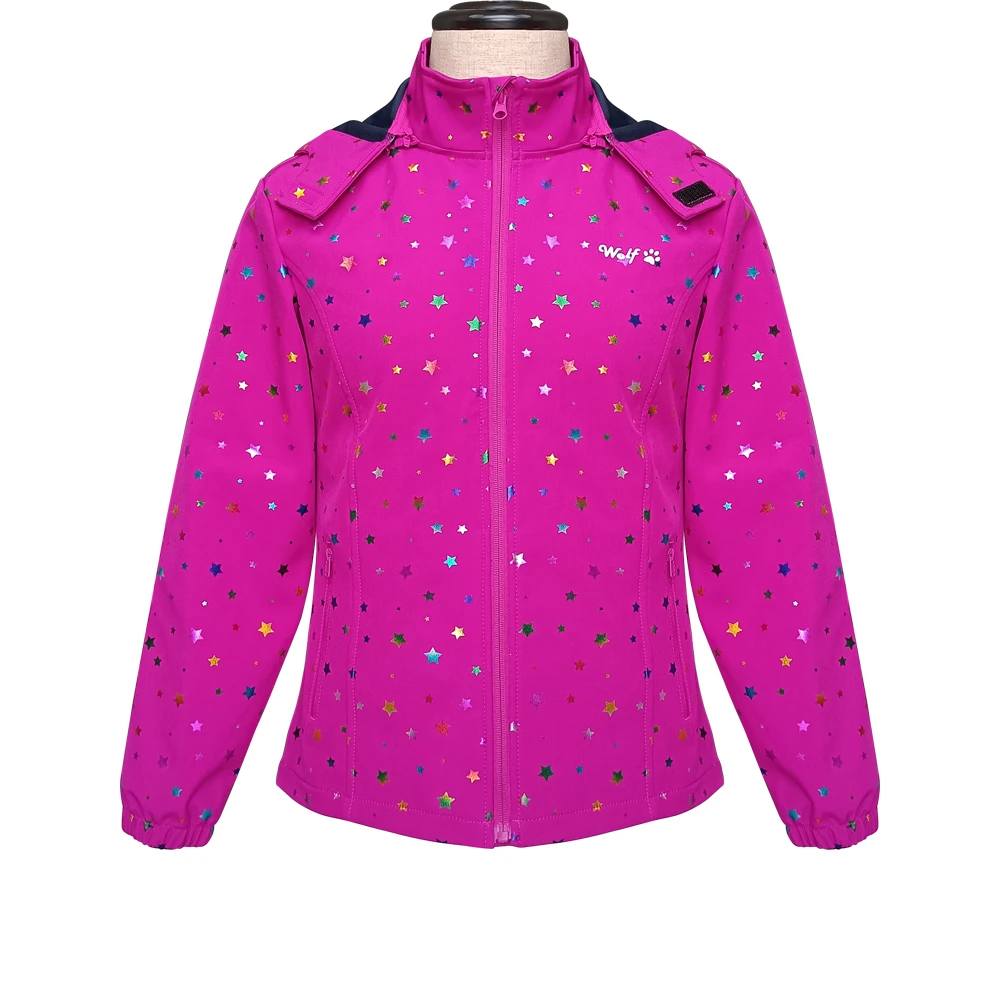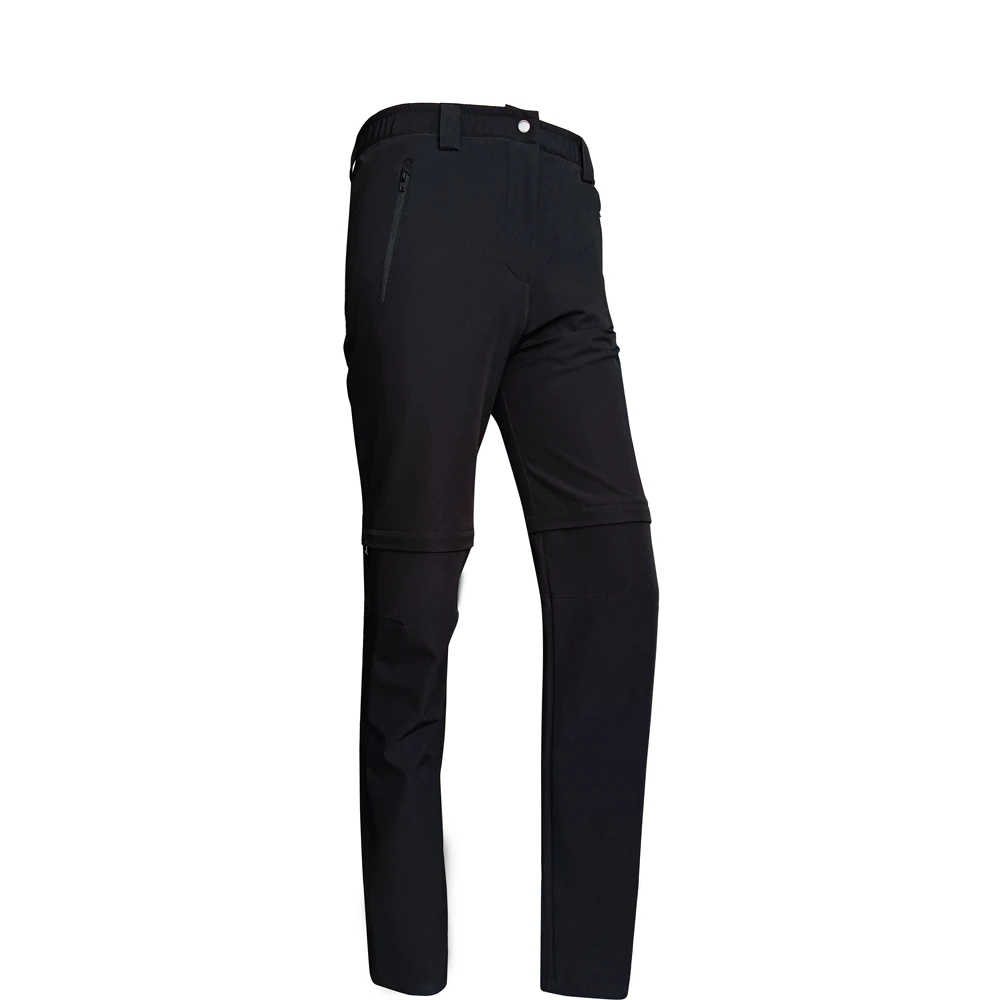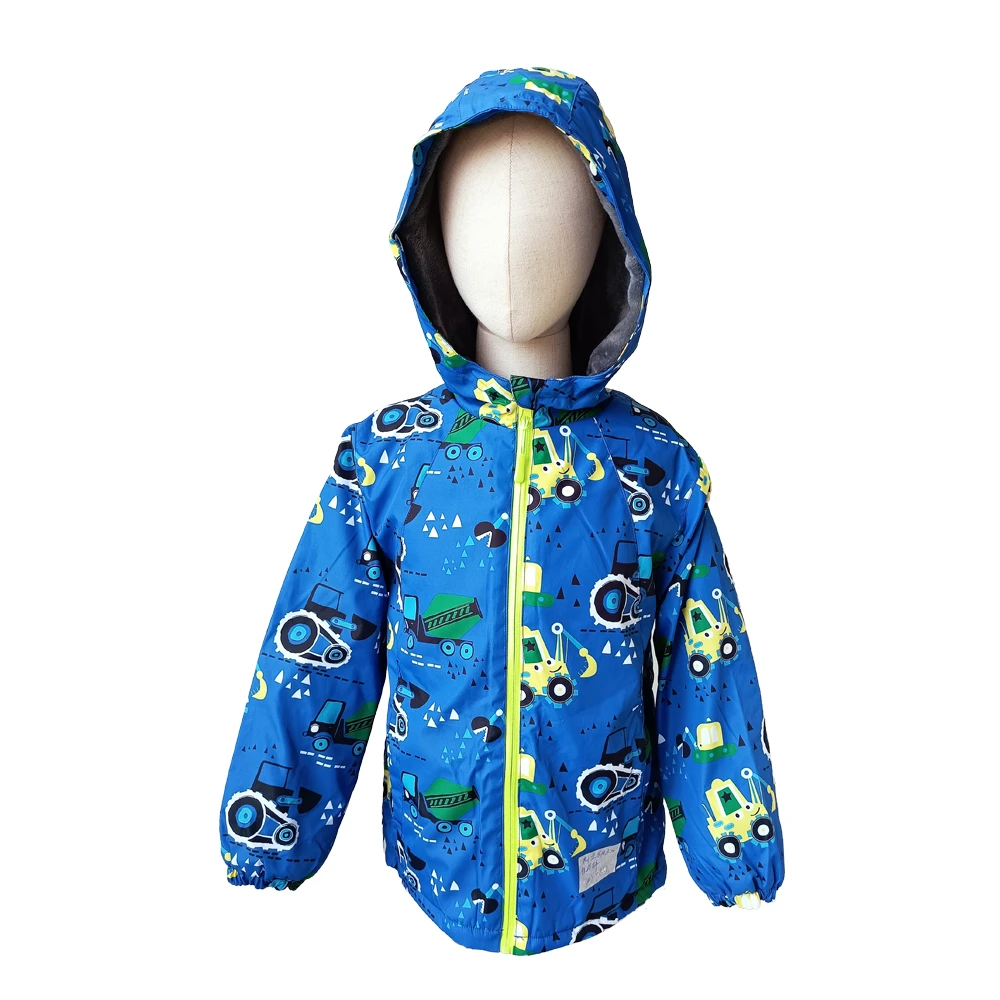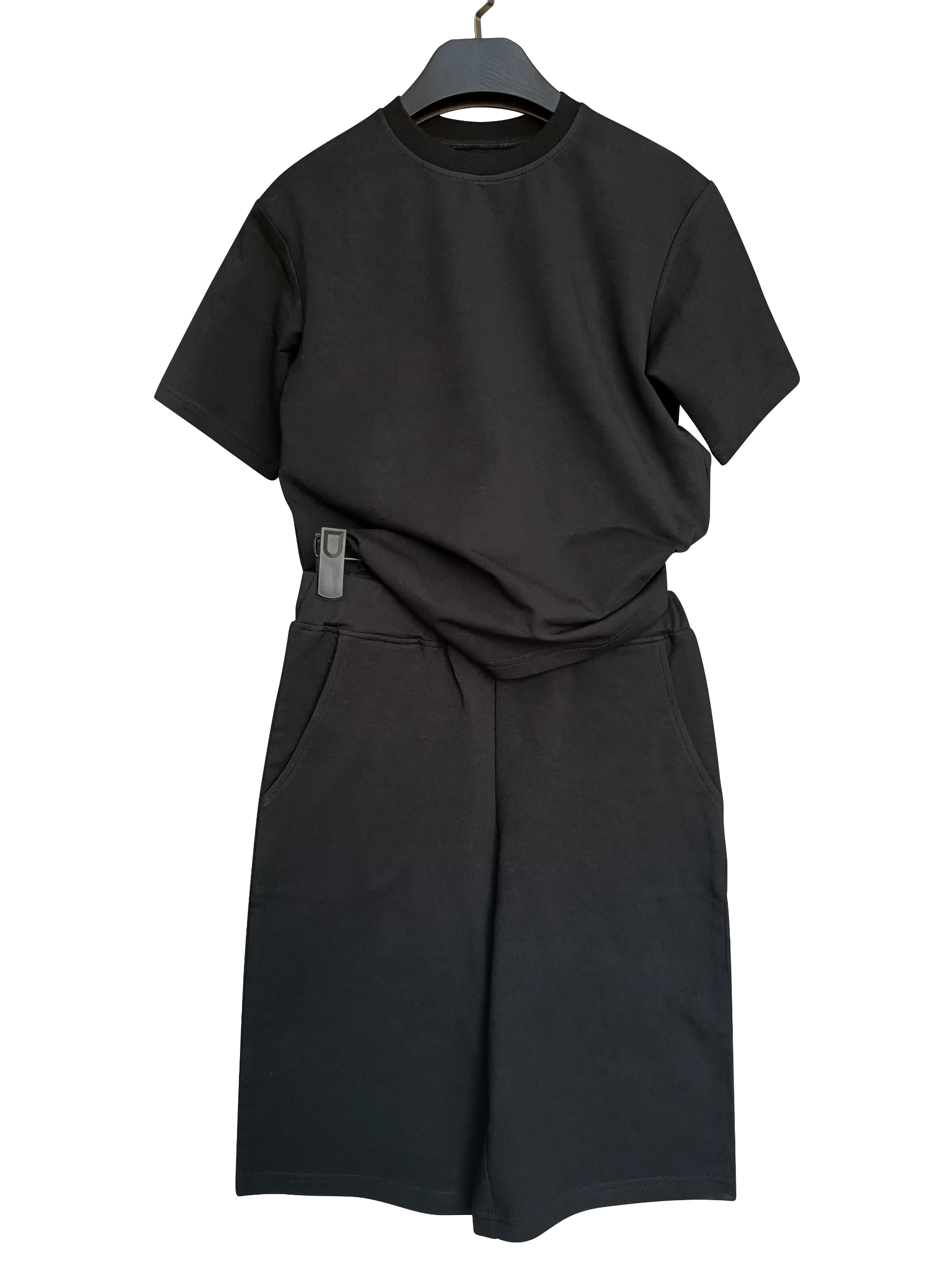The Evolution of Clothing From Functionality to Fashion Statement
Clothing has been an essential part of human life since the dawn of civilization. It serves a variety of functions, from protection and modesty to self-expression and fashion. Throughout history, clothing has evolved not only in style but also in purpose, reflecting social changes, technological advancements, and cultural shifts. This article explores the fascinating evolution of clothing, illustrating how it has transitioned from mere functionality to a significant facet of personal identity and societal norms.
Ancient Beginnings
The earliest forms of clothing can be traced back to ancient civilizations. Initially, clothing was primarily practical, designed to protect individuals from the elements and enable mobility. Materials were typically sourced from natural resources such as animal hides, leaves, and fibers. In societies like those in Ancient Egypt, clothing indicated social status, with the wealthy adorning themselves in linen garments and jewelry made of precious metals and stones.
As societies advanced, so did their clothing. The Greeks and Romans began to use draped fabrics, marking a pivotal moment in the history of apparel. Clothing became a reflection of cultural identity, with different regions developing unique styles and designs that expressed their heritage and traditions. Yet, even in these ancient times, clothing was more than just a means of protection; it was associated with various rituals and rites of passage, indicating social standing and community belonging.
The Middle Ages to the Renaissance Social Hierarchy and Individuality
With the onset of the Middle Ages, clothing transformed into a symbol of social hierarchy. Laws often dictated what individuals could wear based on their social class, ensuring that clothing became a visual manifestation of societal structure. The nobility wore luxurious fabrics like silk and velvet, while peasants were limited to coarse wool. However, the Renaissance ushered in a period of change, as art, culture, and individualism flourished. Clothing became a canvas for self-expression, with elaborate designs, vibrant colors, and intricate embroidery showcasing personal styles and affluence.
The invention of the printing press further influenced clothing design by facilitating the spread of fashion trends. People started to emulate the styles of the elite, leading to a democratization of fashion that laid the groundwork for modern apparel. Tailoring became an art form, with clothing designed not only for practicality but also for aesthetics.
clothing

Industrial Revolution The Birth of Mass Production
The Industrial Revolution marked another significant turning point in the evolution of clothing. With advancements in technology, fabrics could be produced on a larger scale and at a lower cost. This shift made clothing more accessible to the general population, transitioning fashion from exclusivity to availability. The sewing machine revolutionized garment production, enabling faster and more efficient creation of clothing.
As people migrated to urban areas for work, societal norms regarding clothing began to change. The rise of ready-to-wear clothing made it possible for individuals to adopt trends without the need for bespoke tailoring. This accessibility also led to the formation of fashion trends that transcended social class, as styles began to circulate widely.
Contemporary Era Fashion as Identity
Fast forward to the 20th and 21st centuries, and clothing has become deeply intertwined with personal identity and expression. The rise of fashion designers and brands has created a vibrant marketplace, where clothing serves not just as a necessity but as a statement of individuality and lifestyle. Subcultures have emerged, with fashion playing a crucial role in defining their identities—be it punk, goth, bohemian, or athleisure.
In recent years, the fashion industry has also begun to grapple with issues such as sustainability and ethical practices. Consumers are becoming more conscious of how their clothing is made and its impact on the environment. This shift has prompted brands to reconsider their production methods, focusing on sustainable materials and fair labor practices.
Conclusion
The journey of clothing—from functional necessity to fashionable expression—mirrors the evolution of humanity itself. As we continue to navigate through cultural change and technological advancements, clothing remains a profound medium for personal expression and identity. It tells the story of who we are, where we come from, and how we choose to present ourselves to the world. In every stitch and fabric, clothing embodies the complexity and richness of human experience, making it a vital part of our everyday lives.


